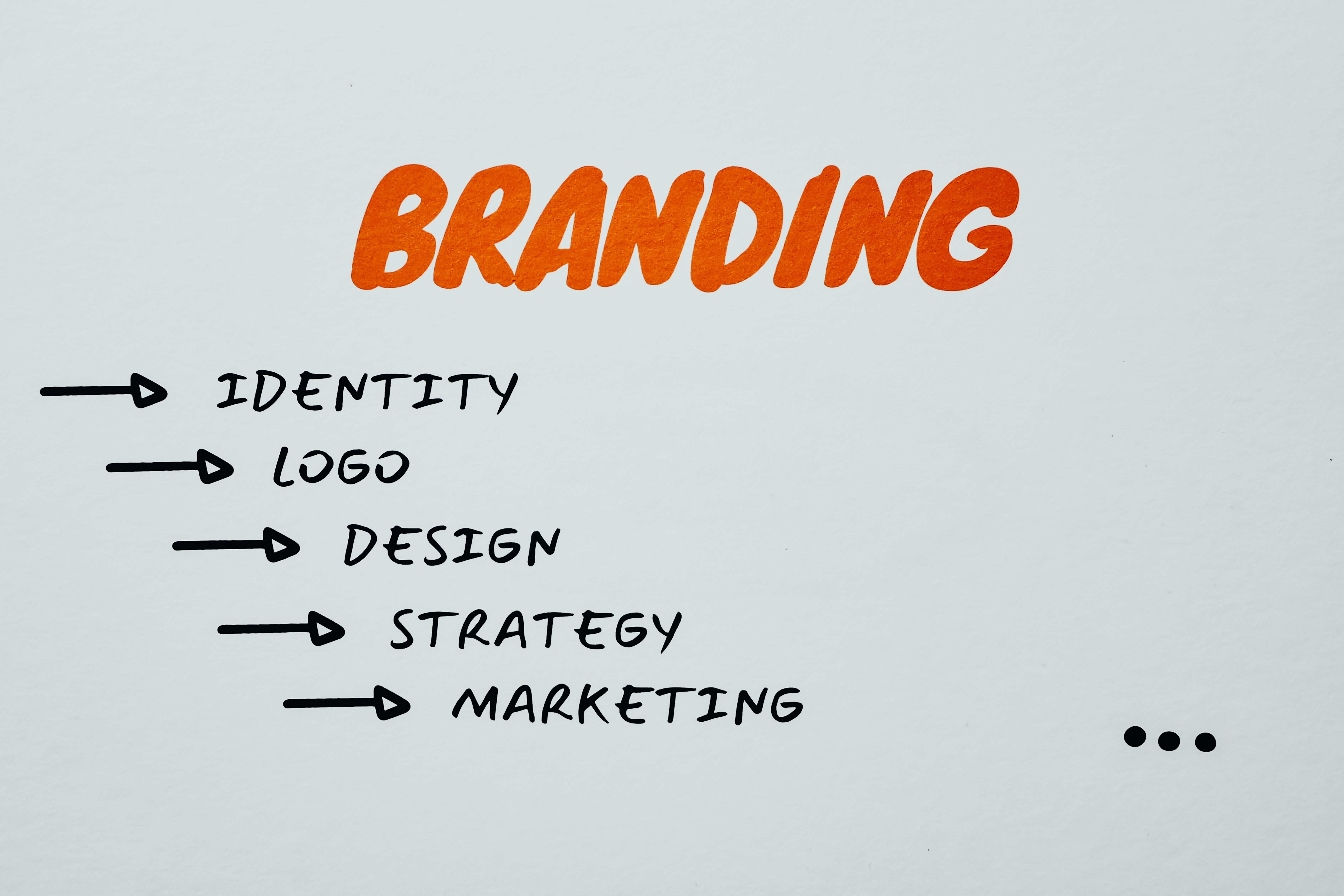Do you want to rebrand your company? We have a few pointers and methods to help the rebranding process go smoothly, as well as obtain positive results. A successful rebranding is more than just visuals and high-resolution photos. It has a narrative to it. It places a product in the position to satisfy your consumers' desires and needs. Take a look at how visual aspects may help your brand's mission, engage your consumer, and deliver outstanding results throughout your rebranding journey.
Your brand's identity, which is typically a narrative to be told to your audience, sets the stage for the customer experience. The tale is entirely up to you, but the dots must connect in order for the user experience to flow easily. As you read through our blog, feel free to reach out to us with any questions. If you are interested in working with us, check out our portfolio!
Logos
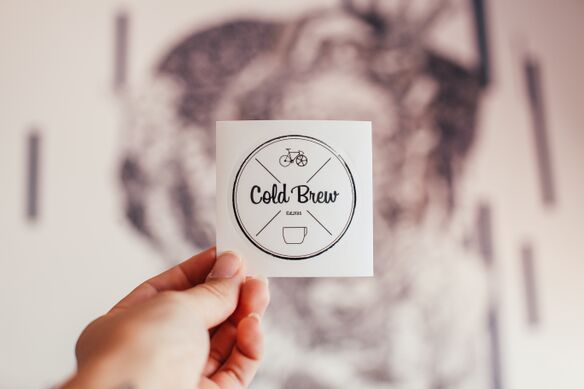
The ideal time to start your rebranding project is with a fresh and improved brand logo. The logo should establish the tone for your corporate image and be unique to your business. Use colors that are associated with your brand personality, and make use of feelings whenever feasible. When someone first sees your logo, you want them to recall it for its distinctiveness and identify with it in some way.
Icons

Your icons will have a similar appearance to your logo, depending on the design. The look and feel of your icons is determined by your logo; whether you use them on a website or in other marketing materials is irrelevant. It's important to maintain consistency, regardless of whether it's sharp lines or a minimalistic hand-drawn brand mark, the logo and the icons are meant to boost one another.
Colors
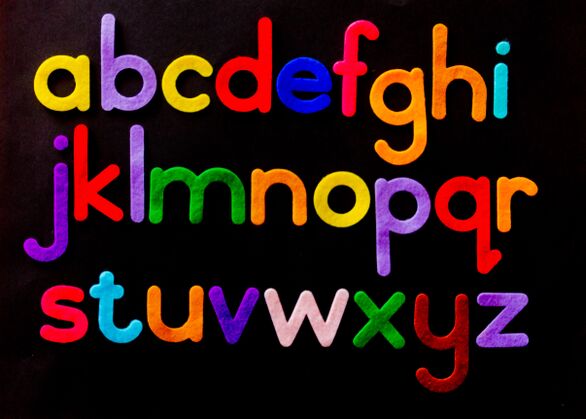
Choose your colors carefully, as they will be the brand's image for a long time to come. Primary and secondary hues should be represented in your color scheme. We propose looking to the colors and textures for inspiration when choosing whether you want to incorporate a theme into your logo design. It's a good idea to use not just bright colors, but also earthy ones depending on your objective. Secondary hues should be used sparingly, yet they are essential.
Typography
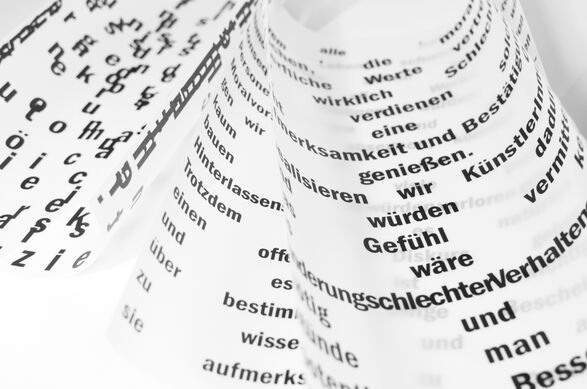
Keep your typeface consistent across all of your marketing materials, including your logo and website. We usually restrict ourselves to no more than two typefaces per logo or website because it is easier for a customer to identify with the brand if they can recognize it right away. A primary font and a secondary font are used in most instances. Choose a typeface that is simple to read above all else. You don't want someone to be perplexed about what you're trying to express.
Website

The website must play an important part in the story of your business. Your site should not only include your logo, icons, colors, and typeface, but also text that is simple to comprehend and ranks well on search engines. When creating a website that reflects a company's identity, the functionality and appearance are important aspects to consider. You must first figure out what the online visitor is looking for and then tailor the material and design to the user experience. If your goal is to use your website to generate leads, for example, you'll want to build it with that end in mind from beginning to end.
Packaging

If you sell a product rather than a service, you'll want your packaging to reflect your company's personality. A logo display is essential, regardless of size. Depending on how delicate your product is, you might wish to include unboxing information. Regardless, the last chance for you to promote brand recognition to a consumer or client is through your packaging; take advantage of every opportunity!
Photo

The technique you use to advertise photos is critical. The photographs you use throughout your marketing materials should complement the text content and continue to tell a narrative. The same goes for social media; you should maintain uniform branding across your posts in order to encourage visitors to discover and respond to your material. Choose photos that represent your business and elicit an emotional response from people.
Social
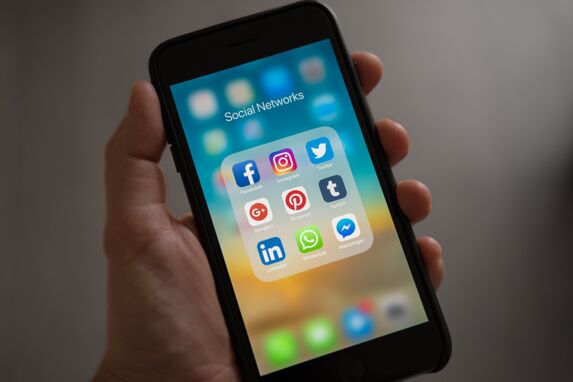
Your time and effort on social media is worth something. Your brand should be reflected in your social strategy and the progress of your content. Your brand, whether clean and basic or full of life and color, should continue to be represented through your social media content. Your logo should be used as your profile photo, and any user-generated material should be modified to incorporate your brand. Regardless, each social post should be created with the brand in mind and custom-designed and implemented.

Continue to develop your brand identity through email marketing. Each email campaign you send should not only be on-brand, but it should also aim to convert. Are you attempting to encourage people to buy a product or service? Your email campaign should entice recipients to visit your website in order for them to make an informed purchase decision. We advocate using color, typeface, and icons that represent your brand since they are familiar to the user.
